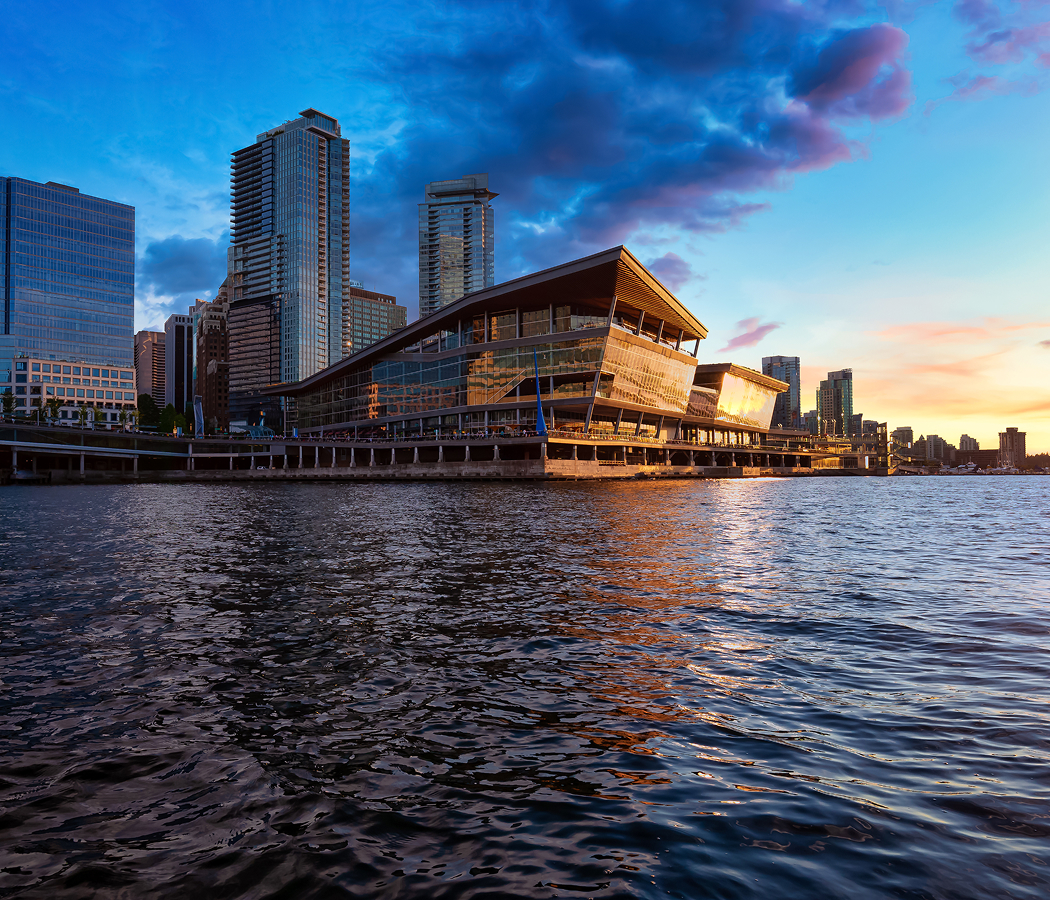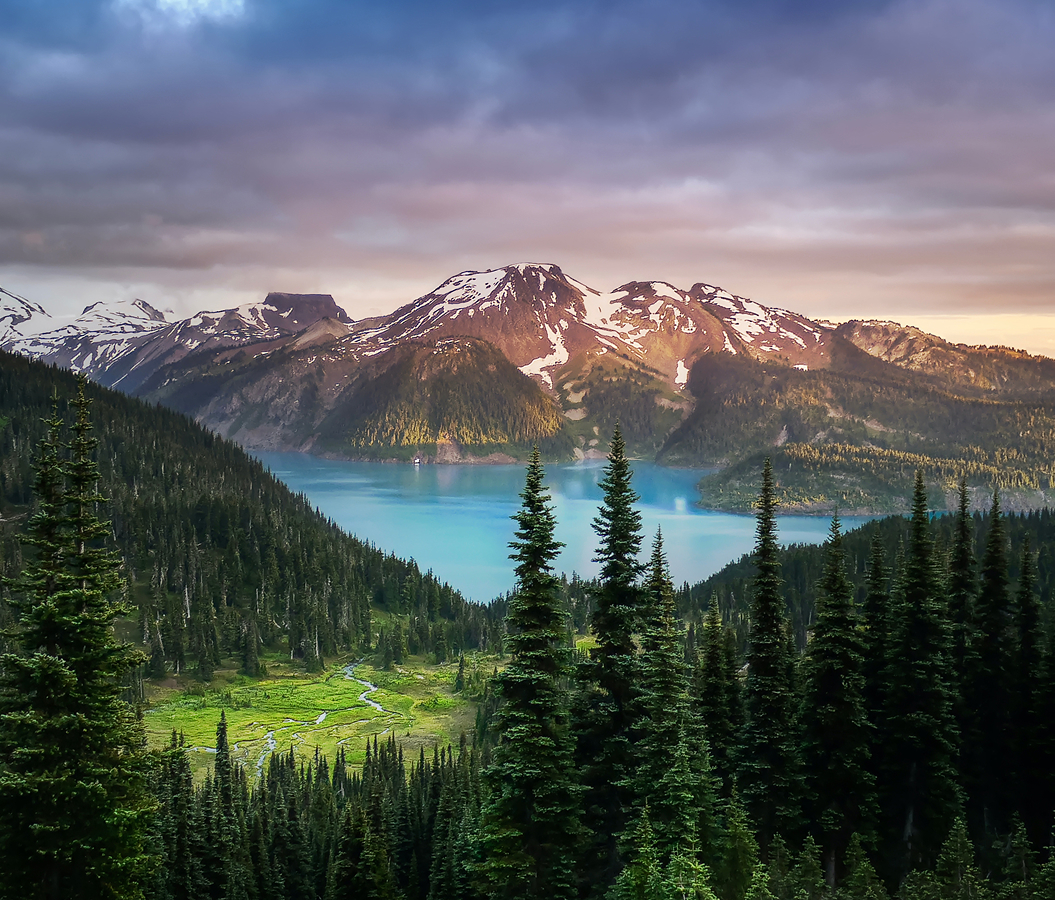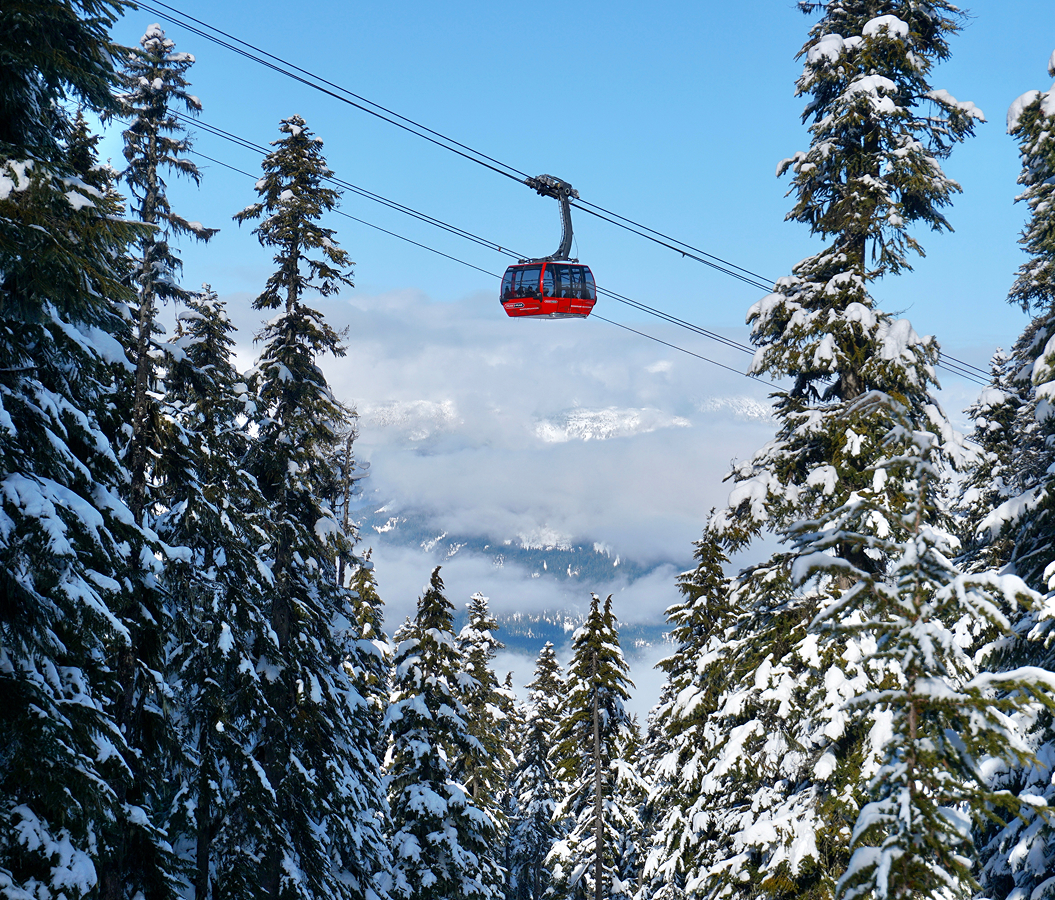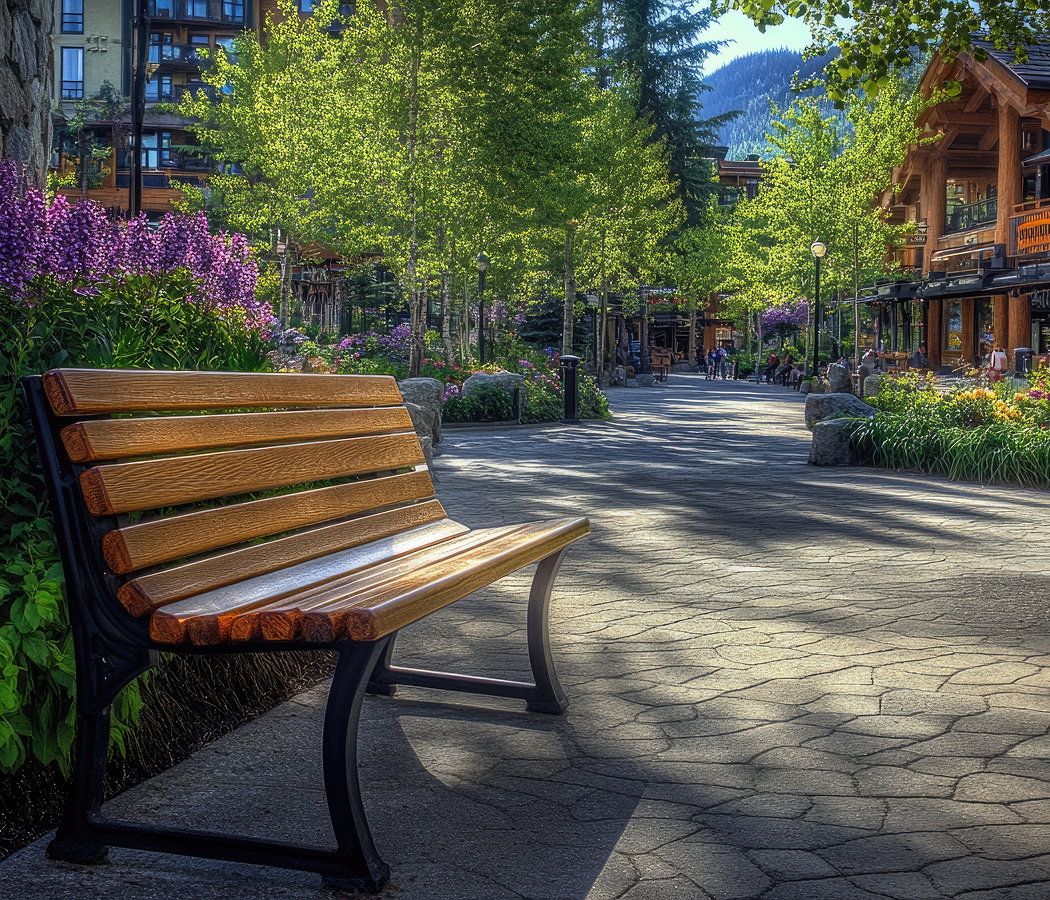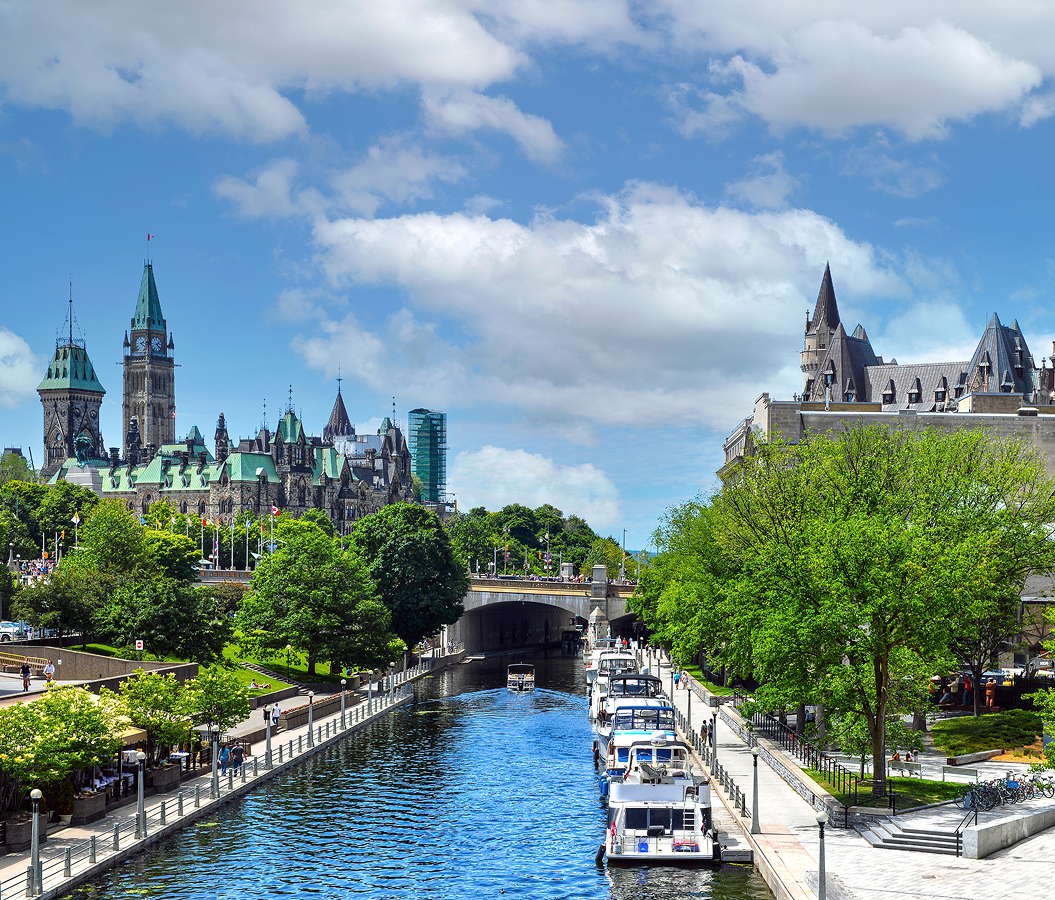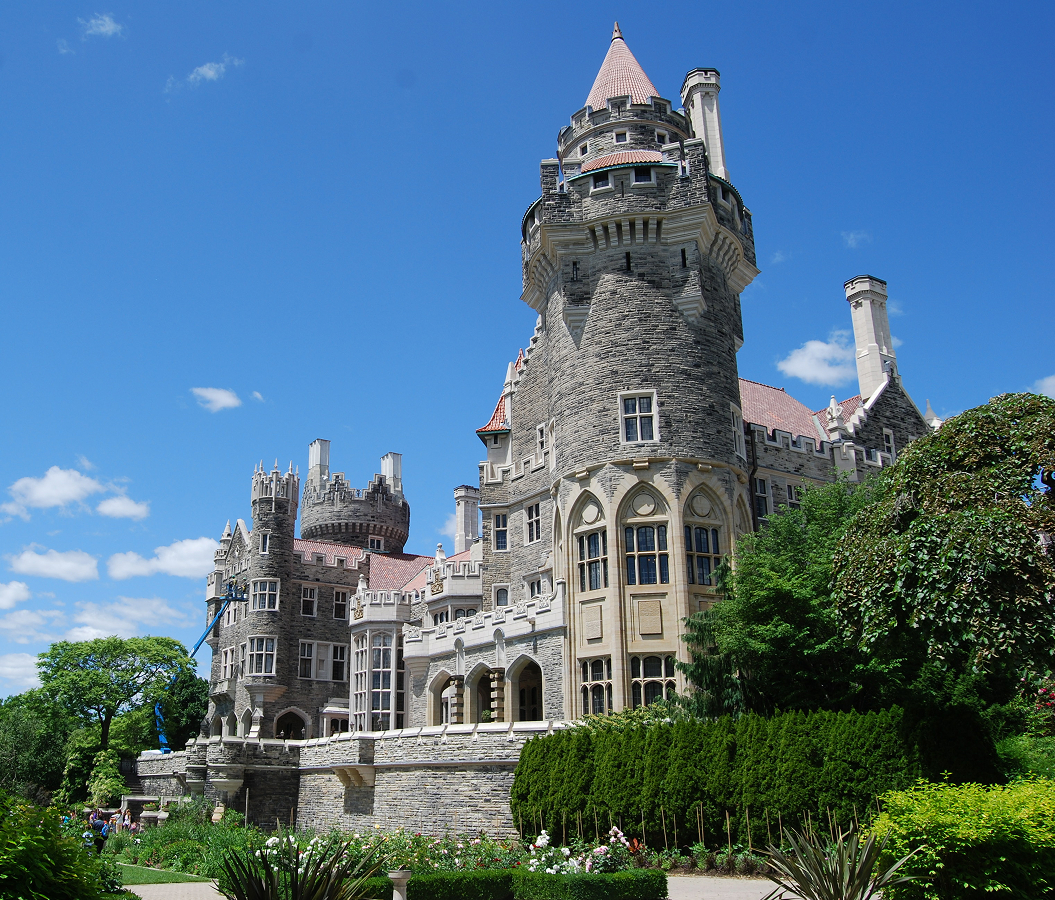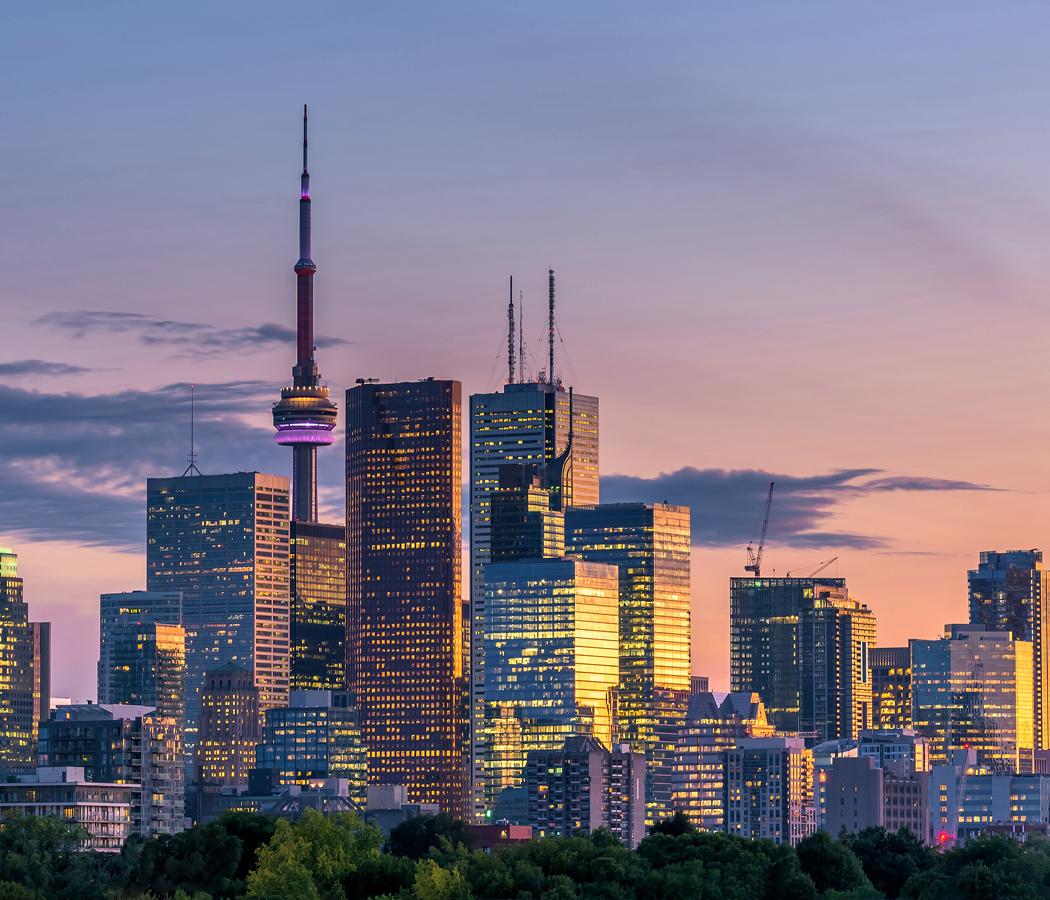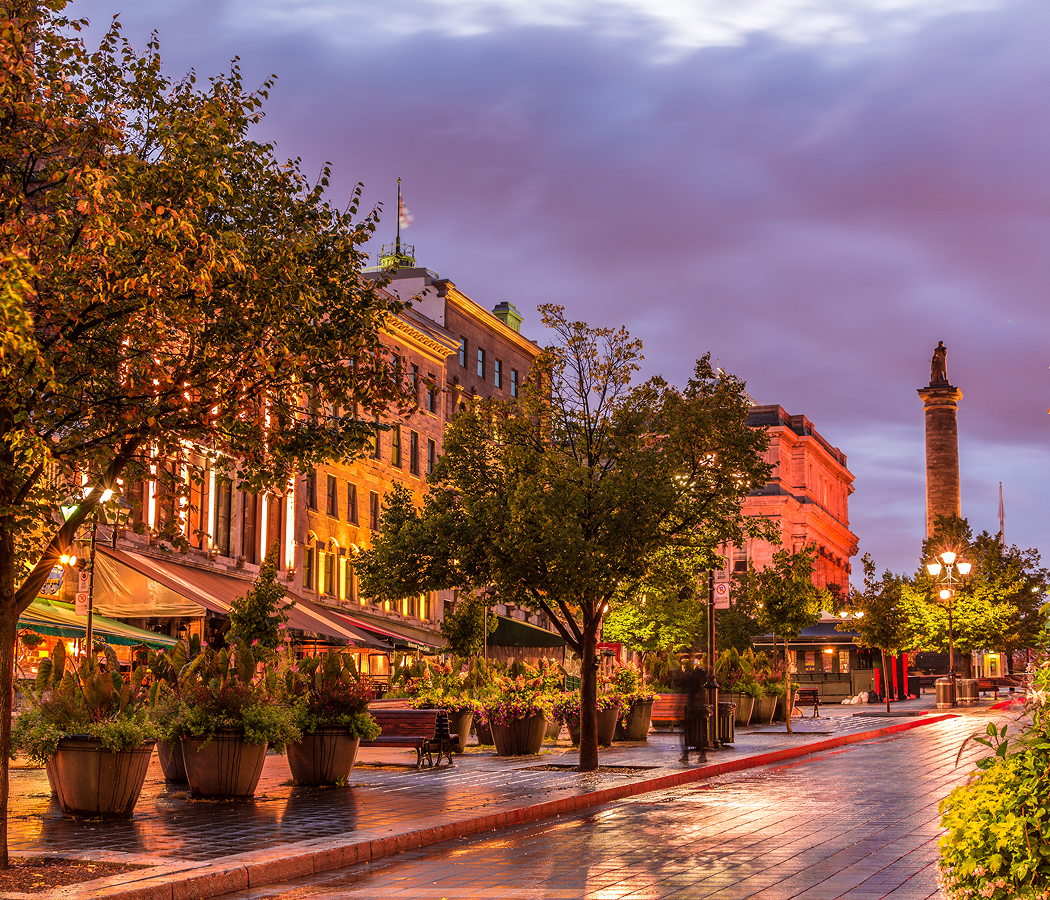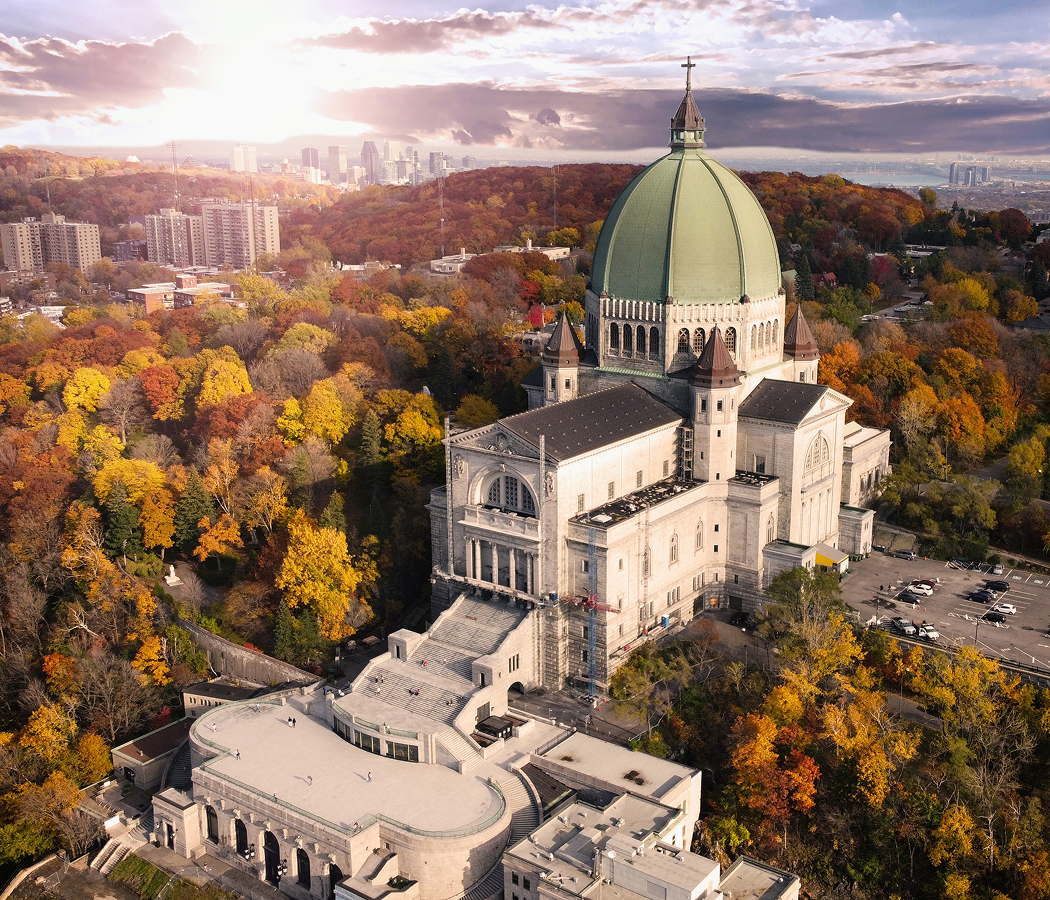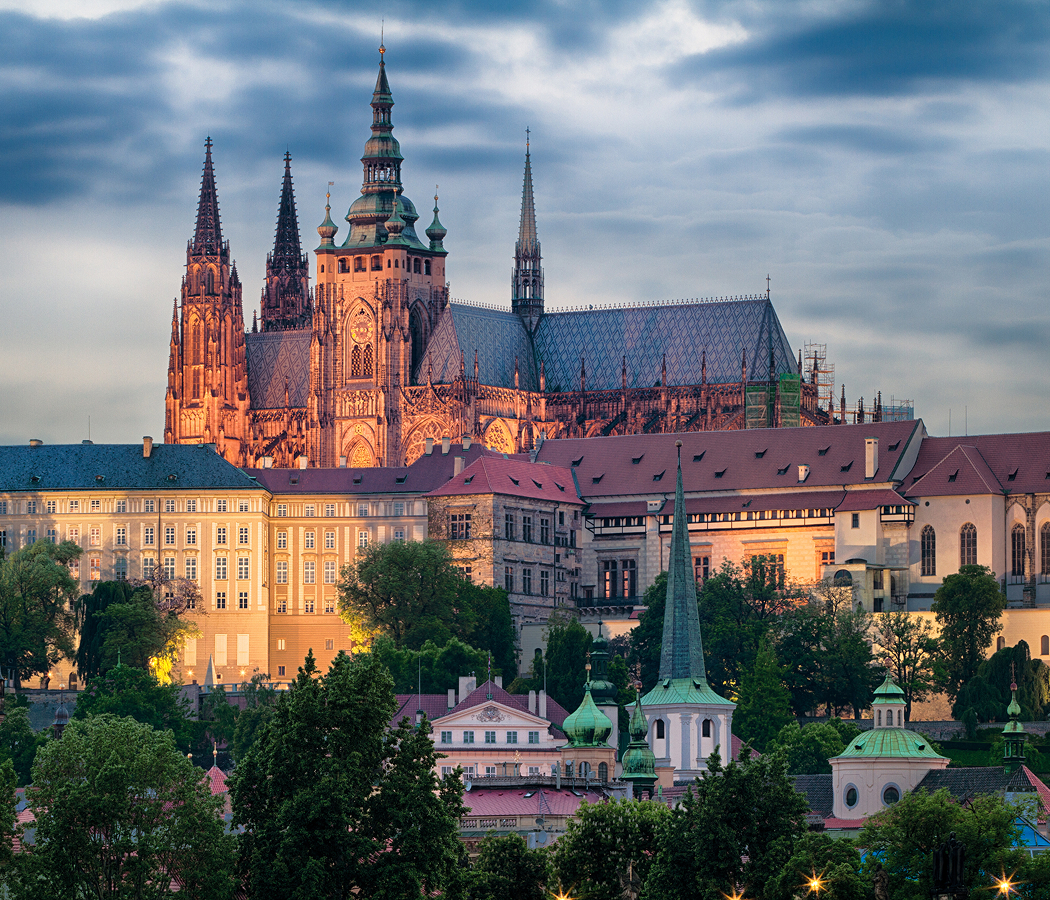
Why you should experience Stanley Park in Vancouver.
Stanley Park isn’t just a city park, it’s a masterpiece of nature and design woven into the very fabric of Vancouver’s identity.
Bordered by ocean on three sides and crowned by towering evergreens, this 1,000-acre peninsula is more than green space, it’s a living cathedral where the Pacific and the rainforest meet in perfect harmony. From the moment you step beneath its canopy, the noise of the city fades into birdsong and the rhythm of waves against stone. The seawall, a world-famous 10-kilometer path, circles the park like a ribbon, inviting walkers, cyclists, and skaters to trace the coastline past hidden coves, sandy beaches, and skyline views that shift with every turn. Inside, the forest breathes, ancient cedars, firs, and hemlocks filtering light like stained glass. Totem poles stand proudly at Brockton Point, telling stories that predate the city itself, while the Rose Garden and Lost Lagoon reveal softer moments of color and calm. Stanley Park isn’t an escape from Vancouver, it’s the city’s beating heart, where wilderness and humanity coexist in quiet balance.
What you didn’t know about Stanley Park.
Behind its serene beauty lies a layered story of nature, culture, and reclamation.
Long before it became a park, this land was home to the Coast Salish peoples, including the Musqueam, Squamish, and Tsleil-Waututh Nations, who lived, fished, and gathered here for thousands of years. When Stanley Park was officially established in 1888, it was named after Lord Stanley of Preston, Canada’s governor general, yet much of its land still bears traces of Indigenous heritage in its place names, carvings, and oral histories. Over the decades, the park evolved alongside the city, surviving windstorms, fires, and floods while remaining a sanctuary of green in a skyline of glass. The seawall, begun in 1917 and completed decades later, was largely hand-built by unemployed workers during the Great Depression, an act of endurance that turned hardship into beauty. Today, Stanley Park remains one of North America’s most visited urban parks, balancing preservation with modern recreation. It’s a living archive, of the land’s resilience, the people who shaped it, and the spirit of coexistence that defines Vancouver’s soul.
How to fold Stanley Park into your trip.
To experience Stanley Park at its fullest, let your day unfold with the tide.
Start early at Coal Harbour, where the morning light dances off the water and the city wakes behind you. Walk or rent a bike to follow the seawall clockwise, passing the totem poles, the Lions Gate Bridge arching above the inlet, and the mist rising from the forested cliffs at Prospect Point. Stop for coffee at the Teahouse overlooking English Bay, then wander inland along the shaded trails toward Beaver Lake, a still mirror framed by ferns and moss. In the afternoon, relax at Second Beach or explore the Vancouver Aquarium, tucked quietly among the trees. As the day cools, return to the seawall for sunset, the mountains blushing pink above the city skyline, the sound of gulls echoing through the golden light. Stanley Park doesn’t just invite you to see nature, it invites you to belong to it, if only for a moment, before the city calls you back.
Hear it from the Foresyte community.
I came here planning to do the full loop, but let’s be real – I ended up on a bench with fries watching boats drift by. No shame in that.
Where meaningful travel begins.
Start your journey with Foresyte, where the planning is part of the magic.
Discover the experiences that matter most.



